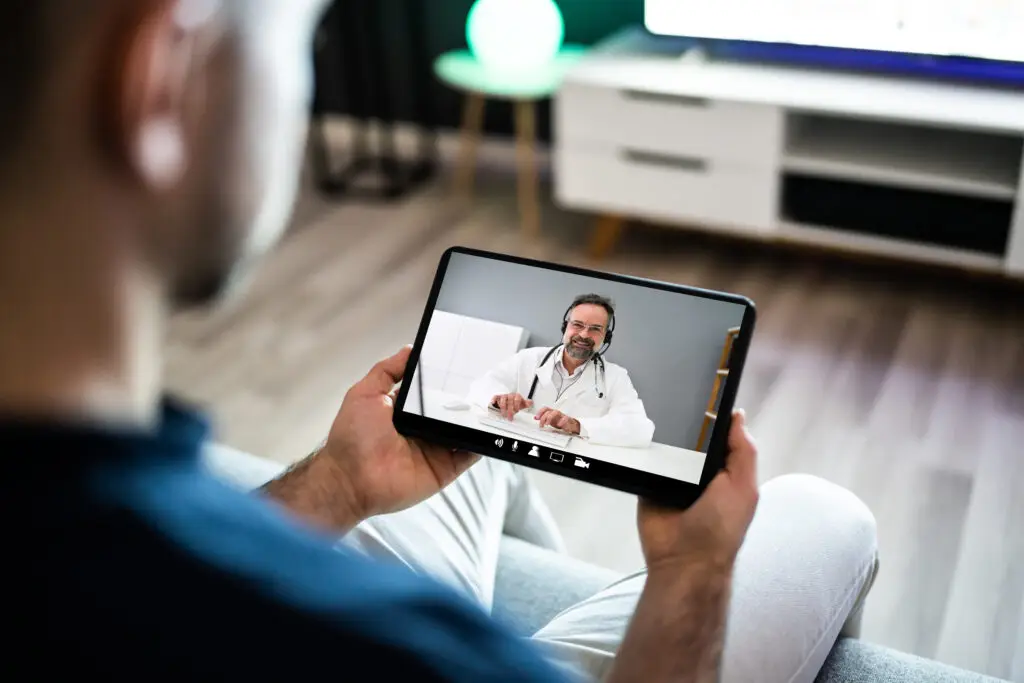The American with Disabilities Act (ADA) and Title VI of the Civil Rights Act ensure Americans with disabilities and limited English proficiency (LEP) individuals have access to public institutions.
While it’s easy to understand that someone in a wheelchair needs a ramp, or that someone who is blind needs their guide dog, language support as an accommodation is less universally understood. For instance, providing a way for a deaf person to communicate with your business is a right granted through ADA. Your business must satisfy their request for communication.
Video technology has made video remote interpreting (VRI) a possible solution for language support compliance. Not only is this option be available at a moment’s notice, but it is more cost-effective for the business paying for the service.
Benefits of VRI
Every deaf person has varying communication needs in different situations. Trying to get a refund at a grocery store may require only a pen and paper. But if a deaf person is rushed to the hospital, they may prefer a live, on-site, American Sign Language (ASL) interpreter.
A live interpreter can cost hundreds of dollars an hour. If you need interpreters 24/7, such as at a hospital, that will be an incredible amount of money per year. A VRI device is only using billable minutes for actual interpreting time. It will save a significant amount of money.
How To Ensure Video Remote Interpreting Compliance
The National Association for the Deaf (NAD) and the ADA guidelines have laid out the requirements of VRI communication. In order to provide VRI services, the facility needs to fulfill the following requirements:
Network Demands
- Tablets, iPads, or mobile computer stations need to be on a secure, non-public, internet connection.
- Broadband internet is needed for live video streaming.
- The interpreting company needs to have a reliable network in order to ensure a connection.
Device Demands
Sound: Make sure that the device you are using for VRI has clear sound both ways. The interpreter has to hear everything and be able to communicate with the room.
Camera: The camera needs to be able to show the entire upper body of the Deaf person. This is simple in a calm scenario, like a business meeting, be in can be complicated in an emergency. American Sign Language (ASL), contrary to popular belief, is not just a language of the hands and can include arm and lip movements and facial expressions.
Training
Staff need to be trained on the following in order to effectively implement VRI:
- ADA law and what it means as an employee
- basic signs that denote deafness
- operating VRI devices
- connecting with an interpreter is the most important part of the process.
VRI Shouldn’t Be the Only Option
At the end of the day, technology can always fail. You need to have a backup plan to your VRI equipment to remain in compliance with ADA law. For hospitals and medical offices, they will usually have a contracted interpreting agency they work with. As a owner of a business, if you have an important meeting or event that needs VRI, contact your interpreting provider to see if you can run a test call. They should be more than happy to help. Tests like these can make sure the equipment will work. In the case that there is a breakdown of the equipment, the video becomes choppy, or the Deaf person is not understanding, you have to be ready to provide another solution. Make sure you have a service to call if you need a live interpreter.
Provide Quality Interpretation at A Moment’s Notice
Are you looking for an interpreting agency to partner with that uses VRI?
Do you have additional questions about what your business needs to comply with the ADA?
We are happy to answer any questions you may have!
Feel free to contact us today so we can get you on the right track to clear communication or you can give a look to our platform here.



